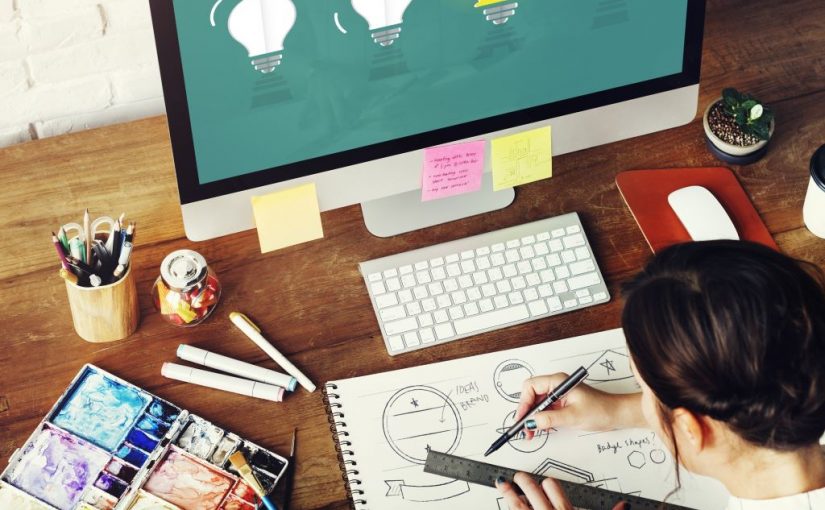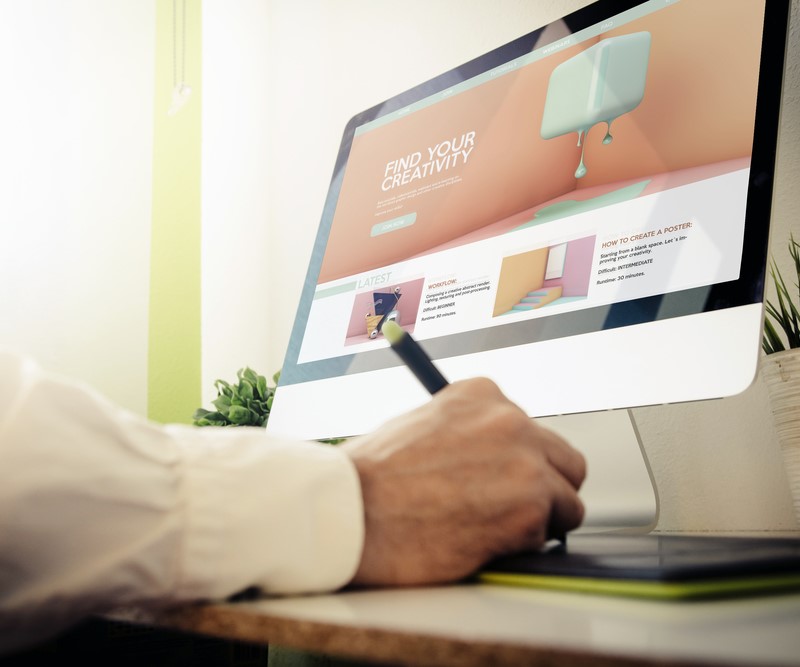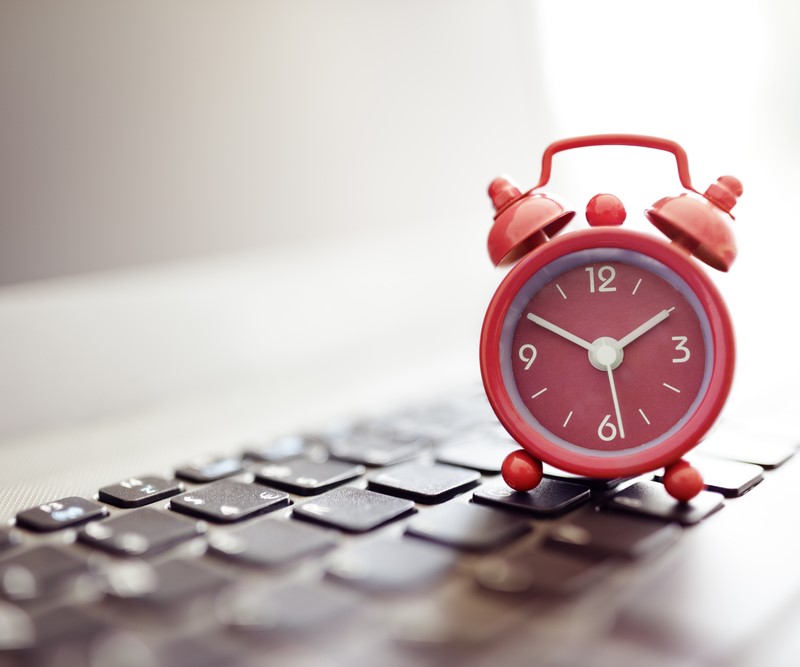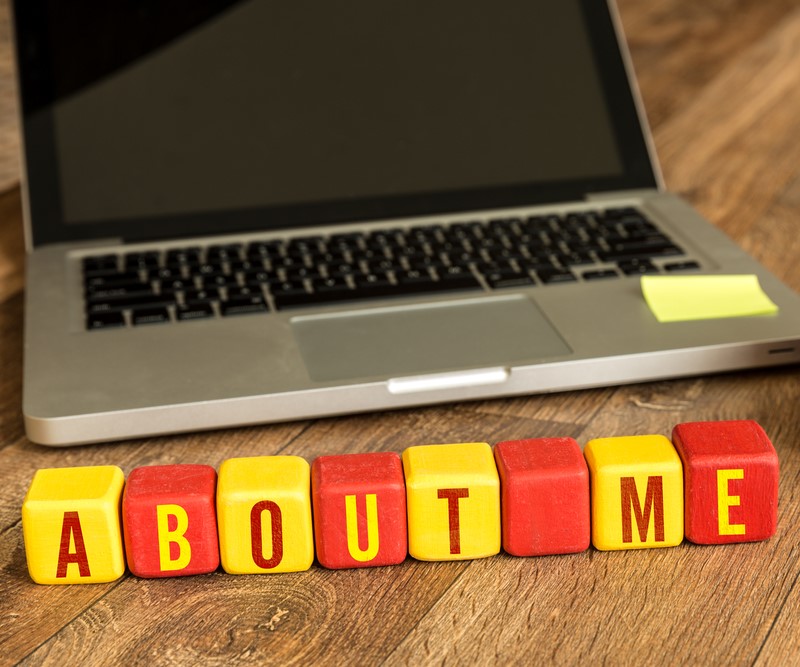There are advertisements for unlimited graphic design that are popping up more and more all of the time, but what does the phrase “unlimited graphic design” really mean? Unlimited graphic design may include logos, ads, labels, icons, marketing materials, and more for businesses.
In exchange for these services, businesses pay one flat monthly rate. These rates also usually come with features such as unlimited revisions and unlimited requests. Many of these services are able to output more than one request paper day.

Who is the Target Audience?
Unlimited Graphic Design has a lot of different uses. However, it is mostly geared toward small and medium-sized businesses. This could be bloggers, marketing companies, agencies, solopreneurs, and more.
These services then assign those businesses to one or more team members to work on their projects. This often saves them the time and money it would take for the agency to personally hire their own in-house team to do the same work.
Are Unlimited Graphic Design Services Really Unlimited?
Unlimited graphic design services are unlimited to a certain degree. Most companies offering these services do allow for unlimited project requests. However, different subscription tiers may determine how many projects can be queued at once and how much is spent each day working on those tasks.
What Are the Benefits of Unlimited Graphic Design?
There are many benefits from unlimited graphic design that companies may experience. Some of these benefits include the ability to take on more clients/customers without burying yourself, scalability options to grow with the business, fast turnaround times, expert project assistance, flat rates for payment, and no need for assembling an in-house team.
Ability to Take on More Clients/Customers
Unlimited graphic design allows organizations to take on more customers and clients without burning themself out. Instead of trying to tackle all of their incoming projects alone, they are able to send them off to a dedicated person or team to do it for them with the same high-quality standards in mind.
Scalability Options to Grow With the Business
Businesses grow over time. That is why many agencies offering unlimited graphic design offer different subscription levels that change the number of projects that can be worked on at a time, the types of projects that can be completed, and the expected turnaround times. This way, as the business demand changes, subscribers can simply upgrade their plan or scale back if they need to.
Fast Turnaround Times
Depending on the scope of the project, some agencies promise as little as 24-hour turnaround times for projects. Once the project is finalized, the creatives are then able to move on to the next one. This work can often be done at a much faster rate than doing it alone or hiring an on-site in-house team.
Expert Project Assistance
Unlimited graphic design team members do not come without expertise. Not only are they able to produce expert quality work, but for platforms allowing open communication with the creatives, they are also able to help make suggestions to improve projects.
Flat Monthly, Quarterly, Or Annual Rates
Unlimited graphic design companies usually work with a flexible subscription model, which may include monthly, quarterly, or annual payment plans. In some cases, discounted rates for quarterly and annual plans may also be offered as an incentive for customers to keep using the services for longer periods of time.
This also allows companies that are unsure about the service to start with a monthly subscription and upgrade for a discounted rate if they decide they want to keep using the service.
No Need For Assembling An In-house Team
Subscription-based unlimited graphic design companies eliminate the need to hire a personal in-house team. This removes the need to spend time on interviewing, seeking out qualified candidates, and having to pay full salaries to individual team members without reducing the quality of the work.

How Do Unlimited Graphic Design Services Work?
Unlimited graphic design services usually work similarly to one another, although this may vary a little bit depending on the specific platform being used. Most services start with either a free trial period or by having the subscriber choose a subscription model. After they start their services, most Unlimited Graphic Design company’s processes include the following steps:
Step 1: Create Project Briefs
To get the creative process started, start by creating briefs for your project requests. This should include a description of the outcome you are looking for, what it is being used for, any background on the brand, the requested format, colors, details, and more. Depending on the platform, you may be able to create multiple briefs at once and add them to a queue so that when one project is finished, the next one can be easily started.
Step 2: Start Queueing Requests
After you have made your briefs, it is time to start queueing projects so that they can be worked on. Designers usually work on one project at a time, but this may vary depending on your subscription level.
Step 3: Review and Feedback
Once designers finish working on your project, they will send the results to you. If it is a longer project, they may also send daily updates. Once you receive these updates or final products, it is time to review them and leave feedback. If you are not happy with the result, some of these services may also allow you to request revisions at this time.
Step 4: Finalize the Project
Once you have received a result you are happy, you can finalize the project so the next one in the queue may be started. Some platforms allow you to send additional feedback at this time or review the project you received.
After these steps are completed, you can simply repeat the process. Specific team members may be assigned to you to work on your projects, or you may develop a team of creatives as you have more projects worked on and decide which team members’ styles work best for your brand.

Best Project Types for Unlimited Graphic Design Services
Unlimited graphic design can encapsulate a wide range of project types. What is offered may depend on the agency and your subscription model. However, some of the different graphic design services include:
Branding Materials
- Logos
- Edits to an existing logo
- Vectorize an existing logo
- Business card designs
- Stationery designs
- Branding guides
Print Materials
- Flyer designs
- Poster designs
- T-shirt designs
- Trifold brochure designs
- Postcard designs
- Packaging design
- Label designs
- Magazine designs
Website and Digital Materials
- Landing pages
- Webpages
- Banners
- Icons
- Mockups
- Infographics
Marketing Materials
- Instagram ads or posts
- Facebook ads or posts
- Social media designs
- Holiday ads
- Blog post graphics
- Emails
- Marketing materials
Documents and Publications
- eBook covers
- Simple eBooks
- Workbook designs
- Business forms
- Menu designs
- PowerPoints
- Fillable PDFs
- Template designs
Traditional Design Agencies Vs. Unlimited Graphic Design
Traditional design agencies and unlimited graphic design services take different approaches to fulfilling businesses’ design requirements. While traditional agencies often provide a more thorough approach, unlimited graphic design services present a budget-friendly and adaptable option for companies that need regular design work.
Additionally, traditional agencies usually charge per project or by the hour. This can add up quickly, especially for ongoing design tasks, leading to unpredictable and varying costs. Traditional agencies also have longer timelines, with some projects lasting up to weeks or even months. They sometimes also limit the number of revisions or charge extra for additional changes.
How Much Can Unlimited Graphic Design Services Save You
The global graphic design market is currently worth about $48.1 billion. According to Exploding Topics, 19% of businesses spend over $10,000 annually on graphic design services. Unlimited graphic services often have plans that are much more affordable. Some start around as little as $300 per month.
Additionally, since many of the services charge a monthly rate without contracts, businesses can cancel anytime if it becomes too much or they no longer have a need for the services. If the business has other needs too – such as video editing, motion graphics, copywriting, etc. – some of these plans may have more extensive services that include multiple of those project types.
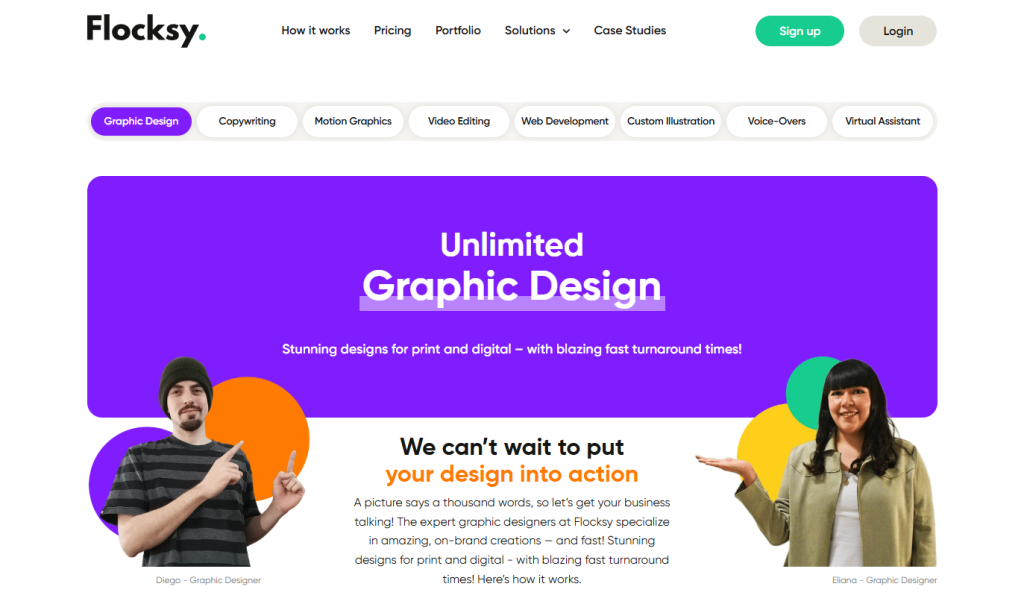
Try Unlimited Graphic Design With Flocksy
If you are looking for a great unlimited graphic design service for your brand, check out Flocksy. Flocksy creates stunning designs for your brand. All you have to do is simply fill out a brief, start your project, give feedback, and finalize the project when you feel it is ready to go.
We work with individuals and businesses of all sizes, experience levels, and industry types. Plus, designated project managers are there to help you along the way. All plans include a 14-day money-back guarantee, premium stock photos, video and AI assets, brand buckets, and account users.
Try Flocksy unlimited graphic design risk-free for 14 days!

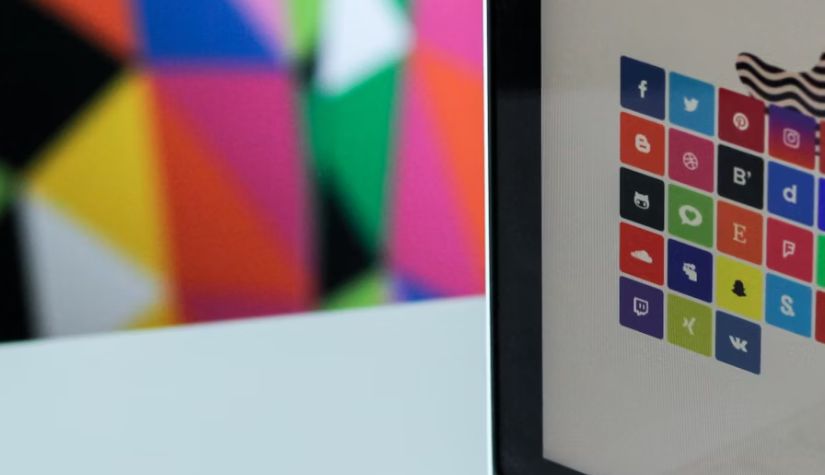
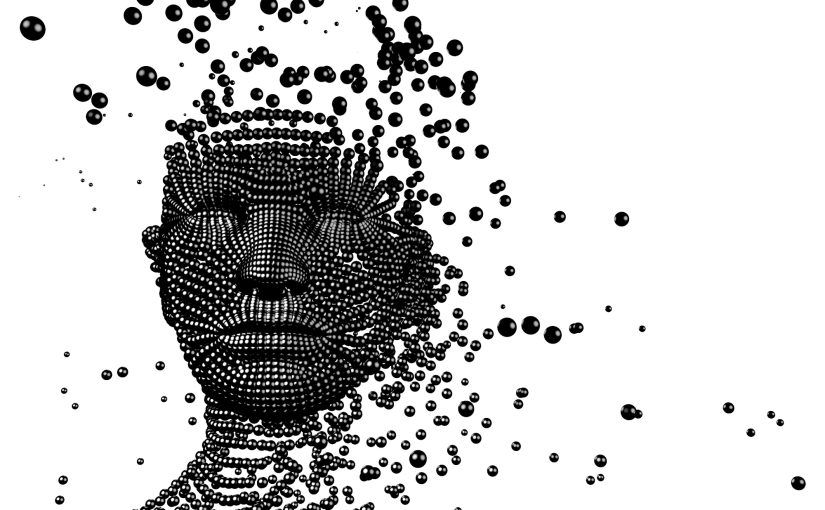
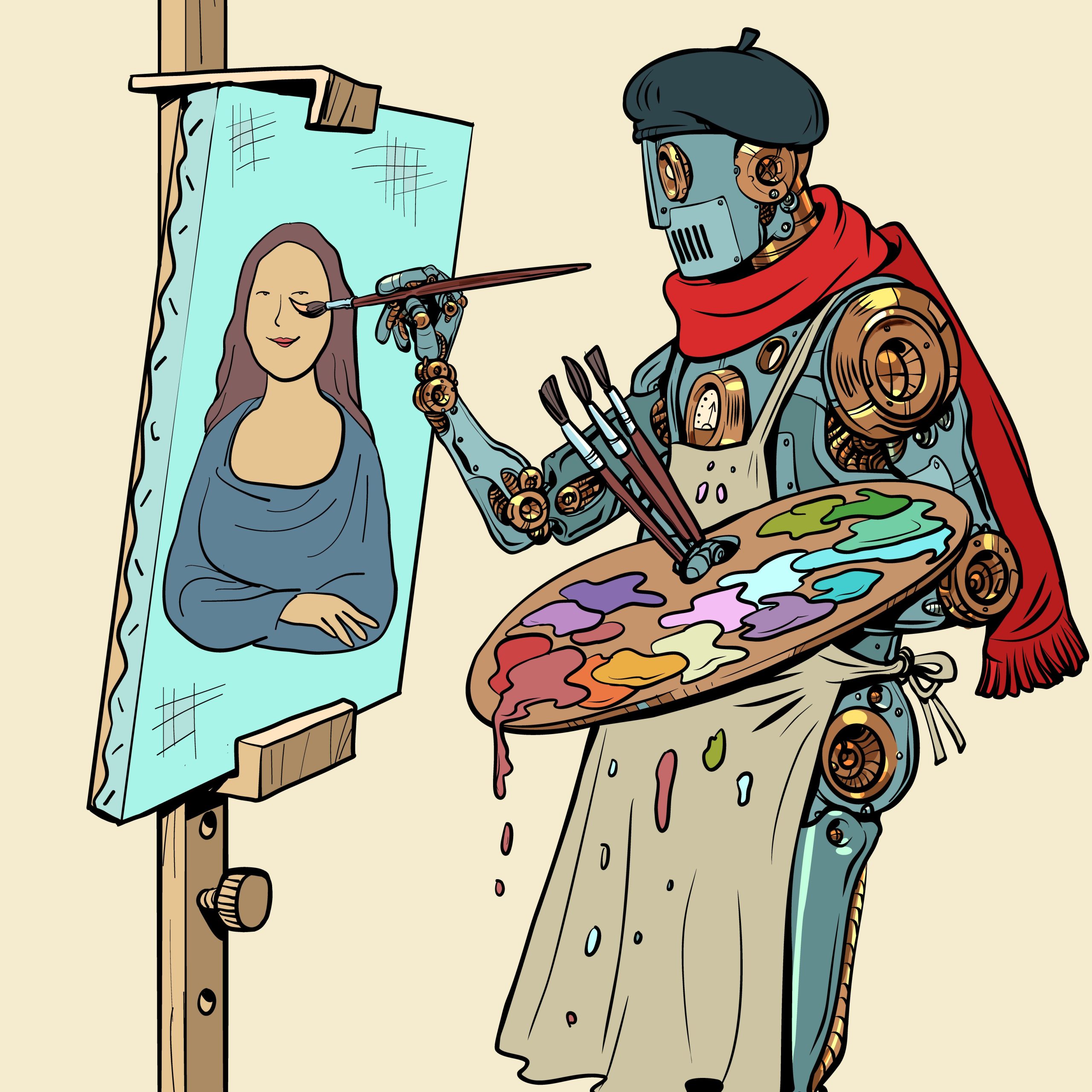

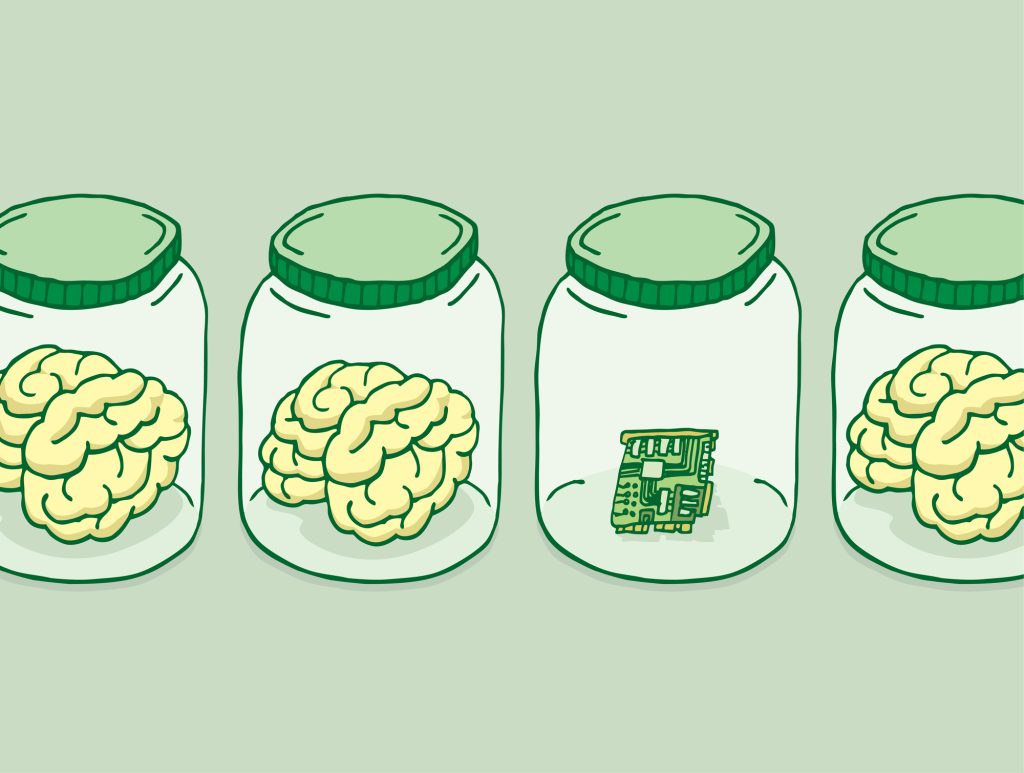
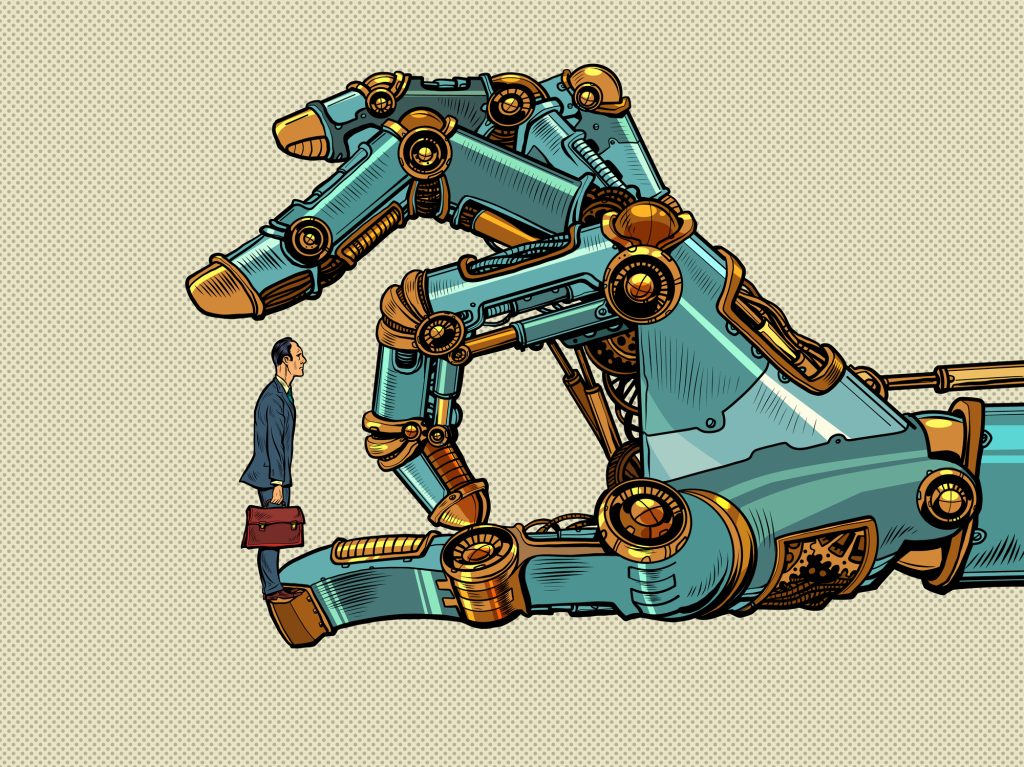

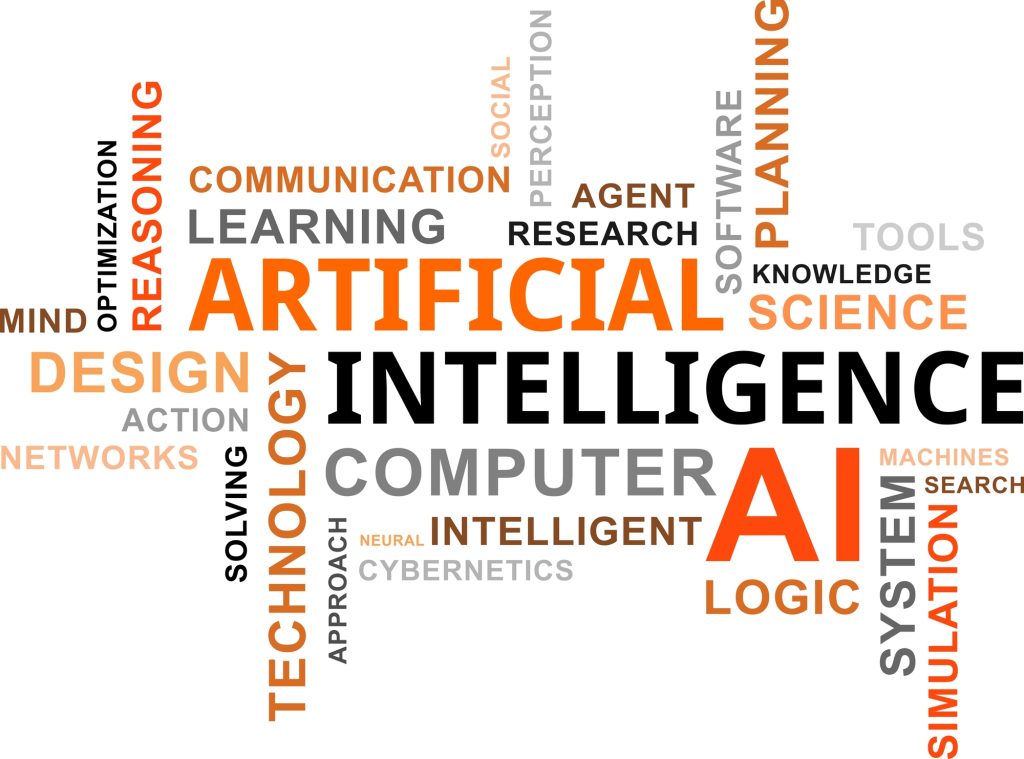

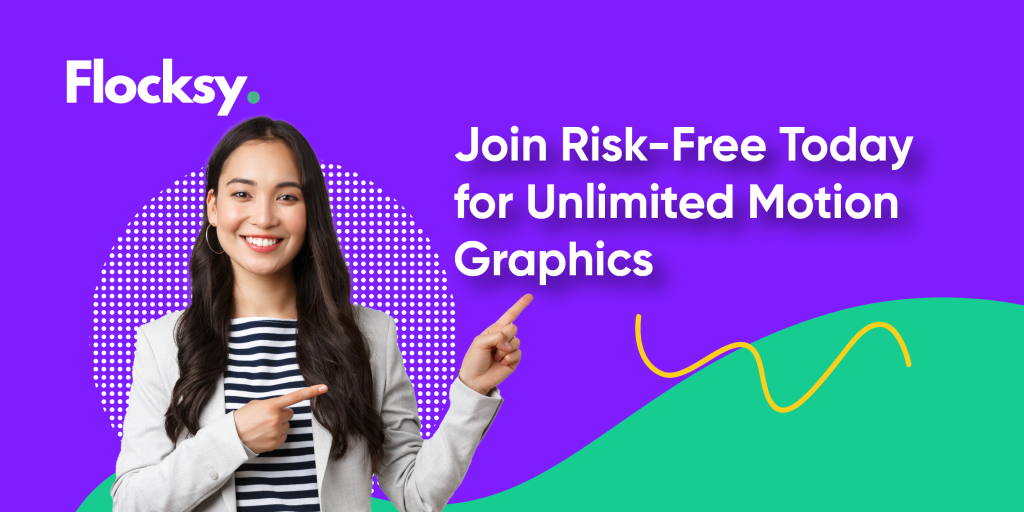
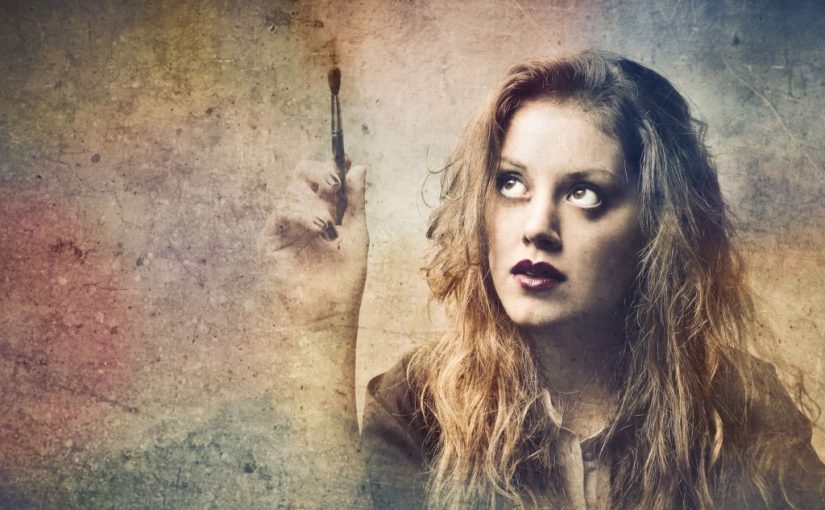
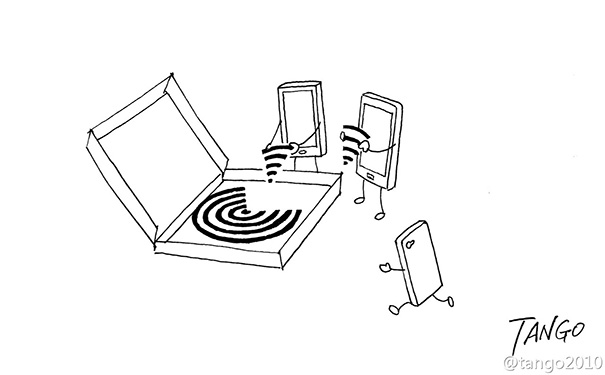

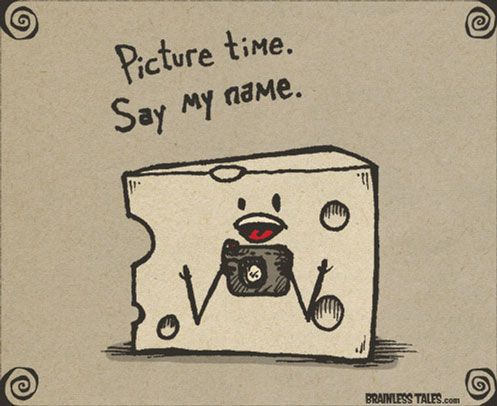
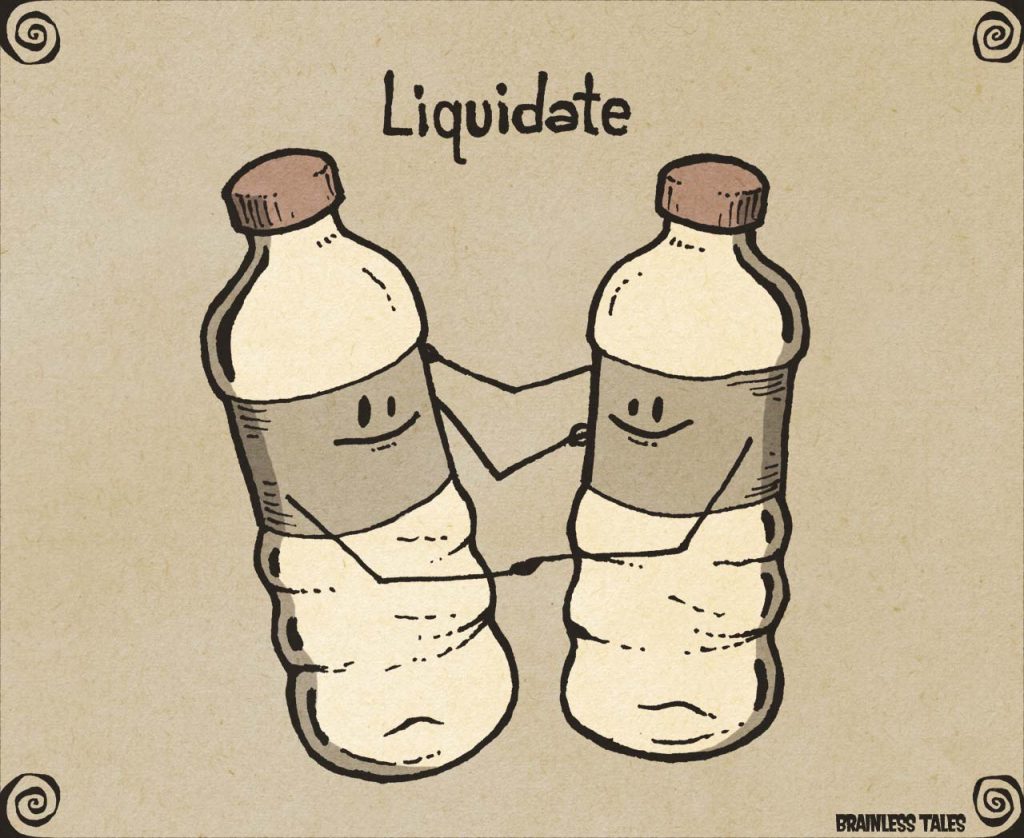

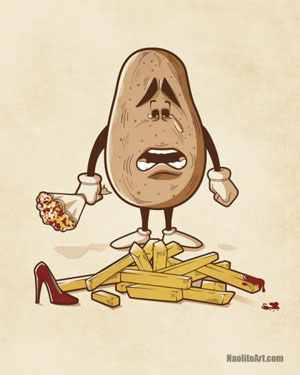


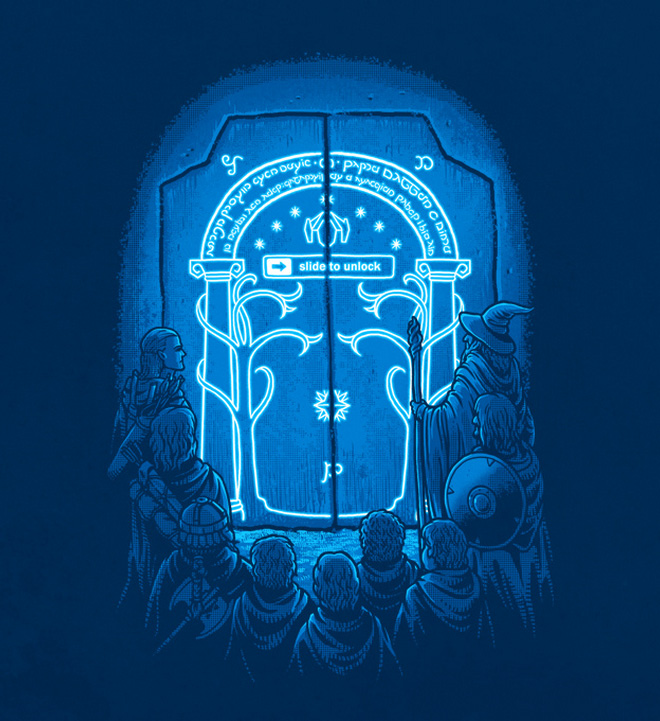
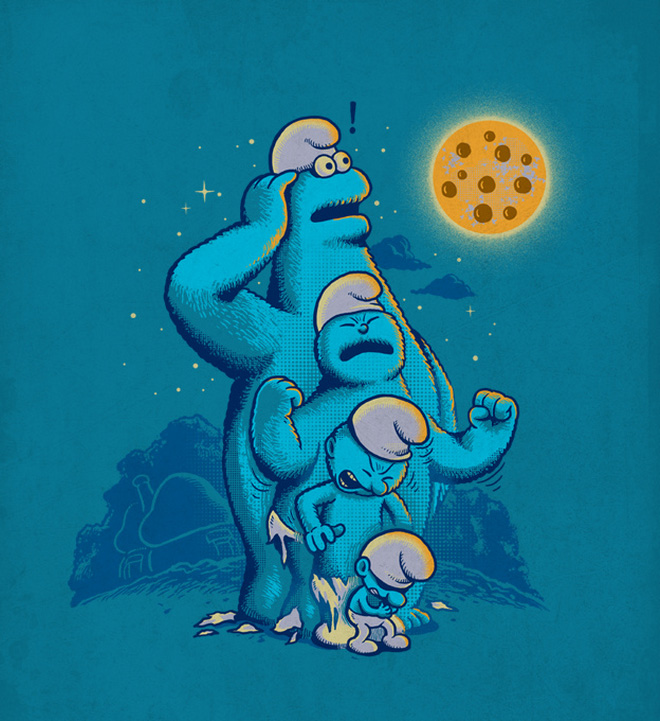



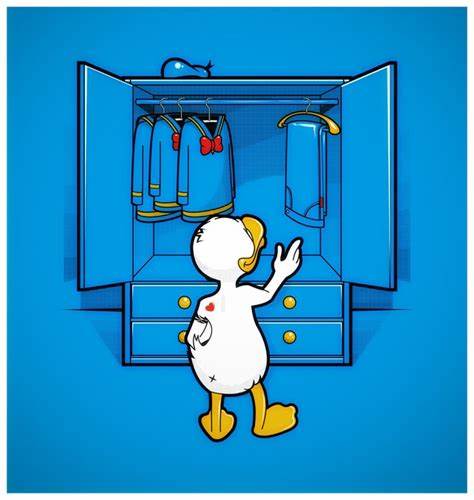
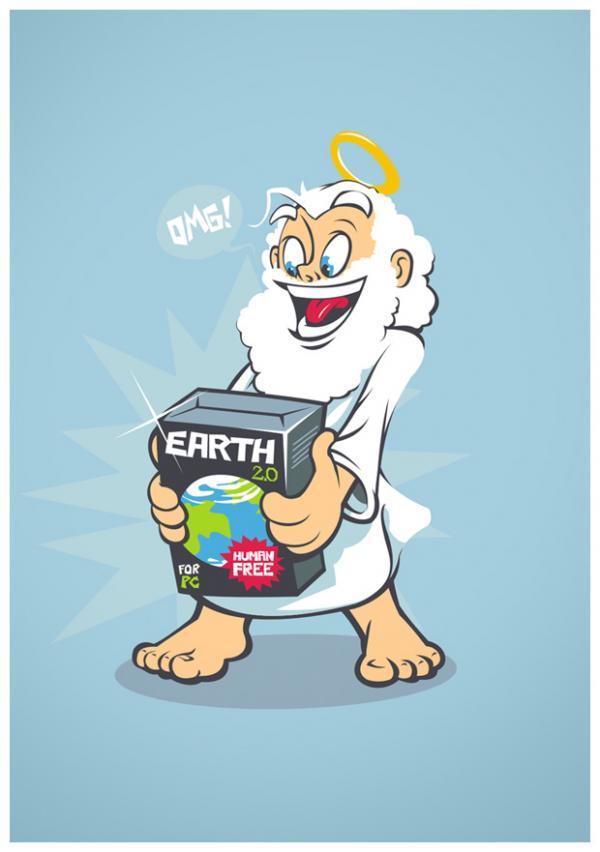
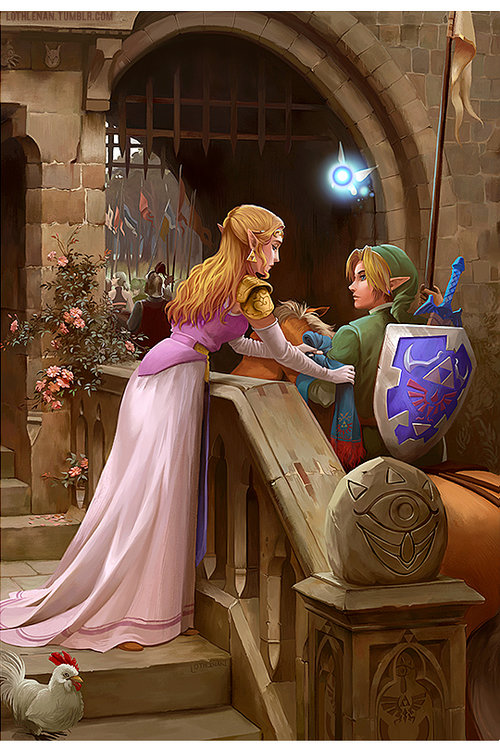
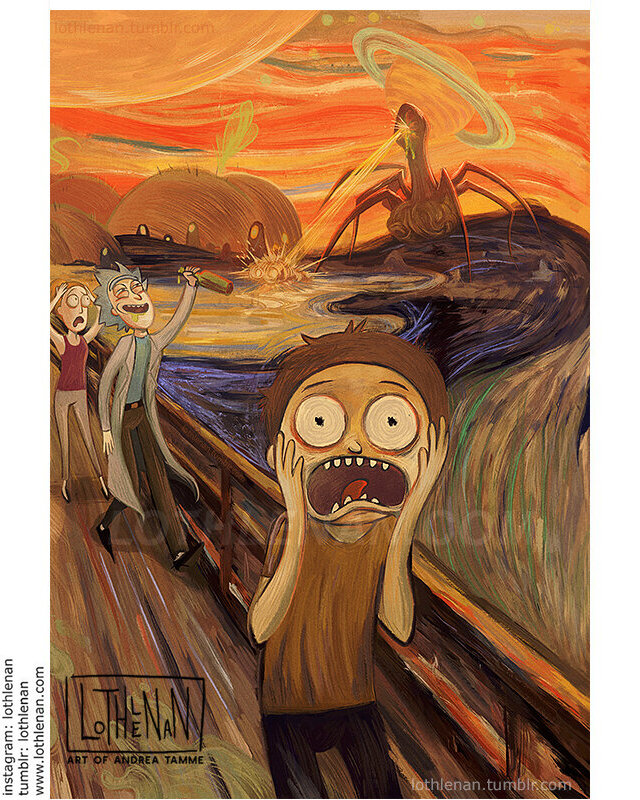
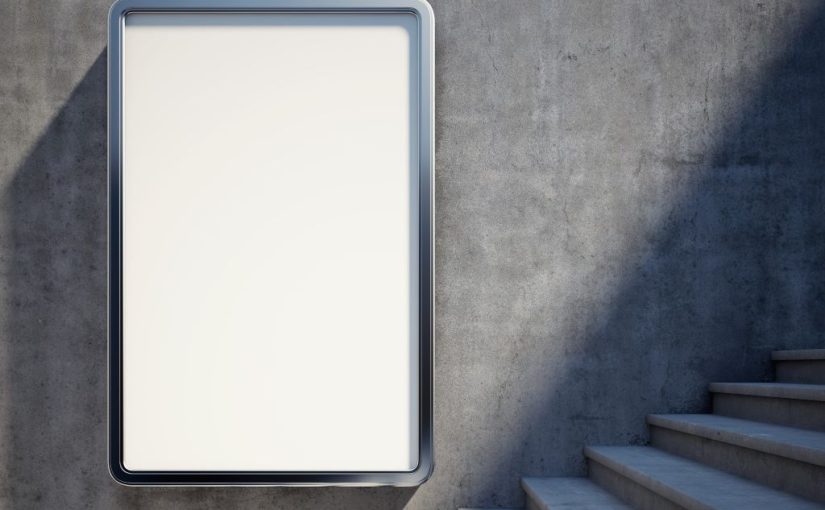
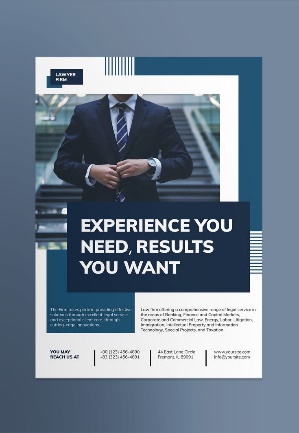
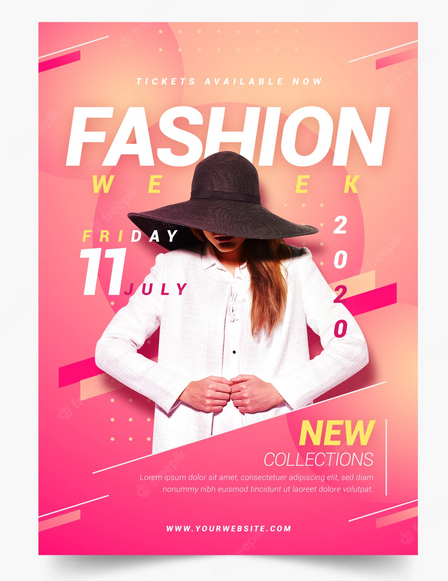
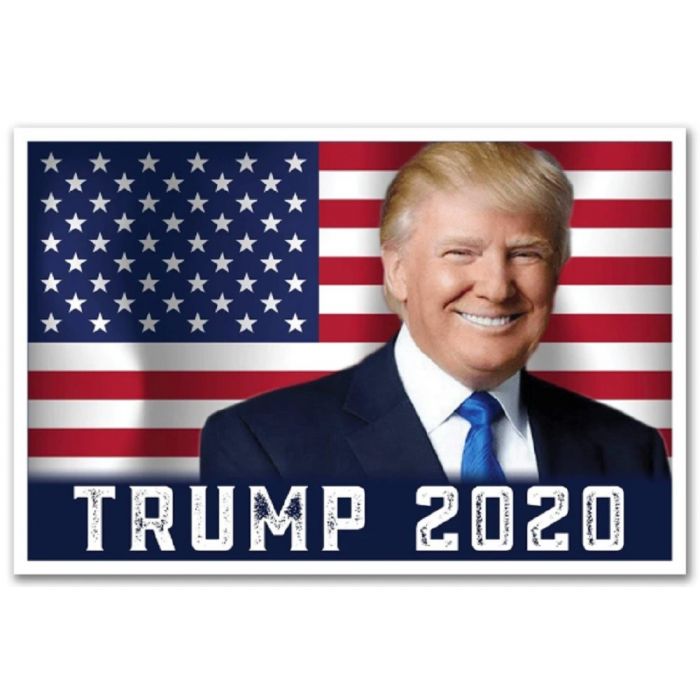



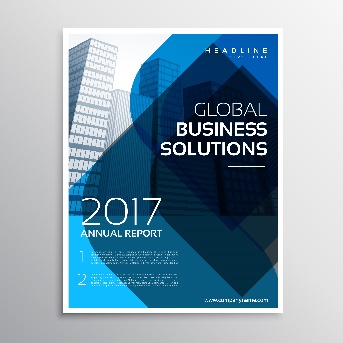


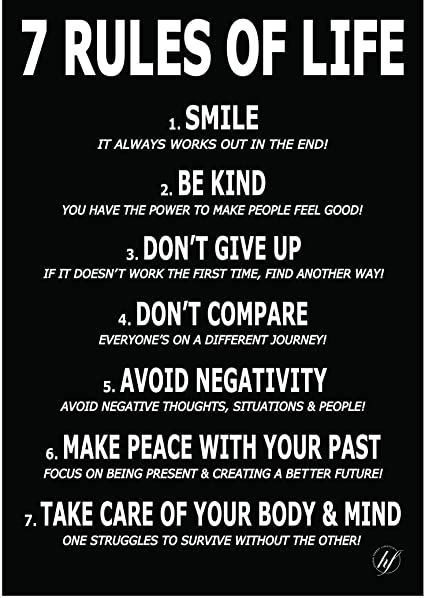
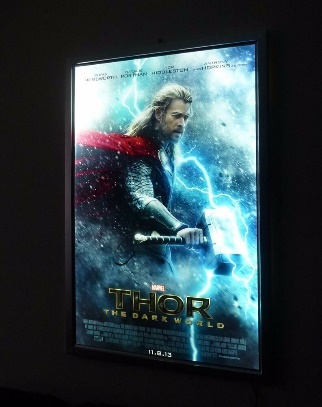
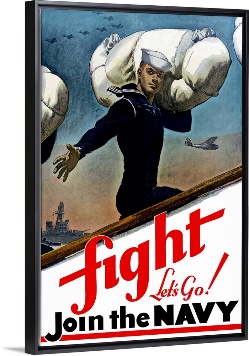
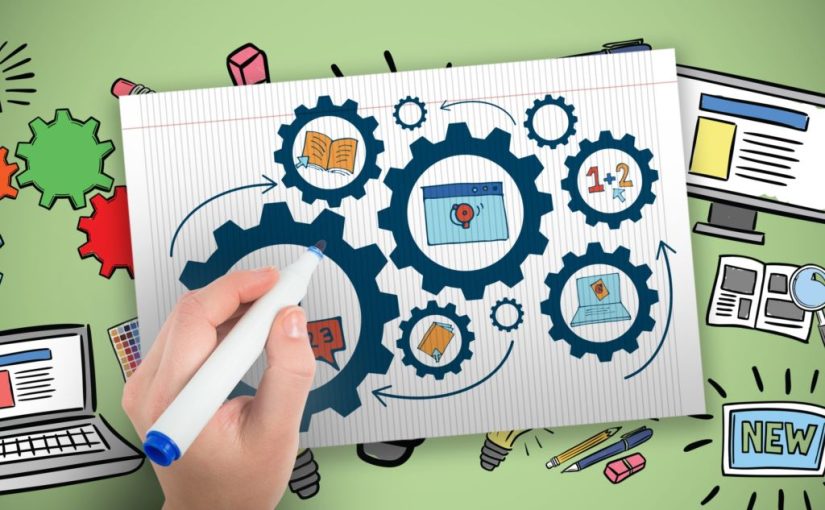
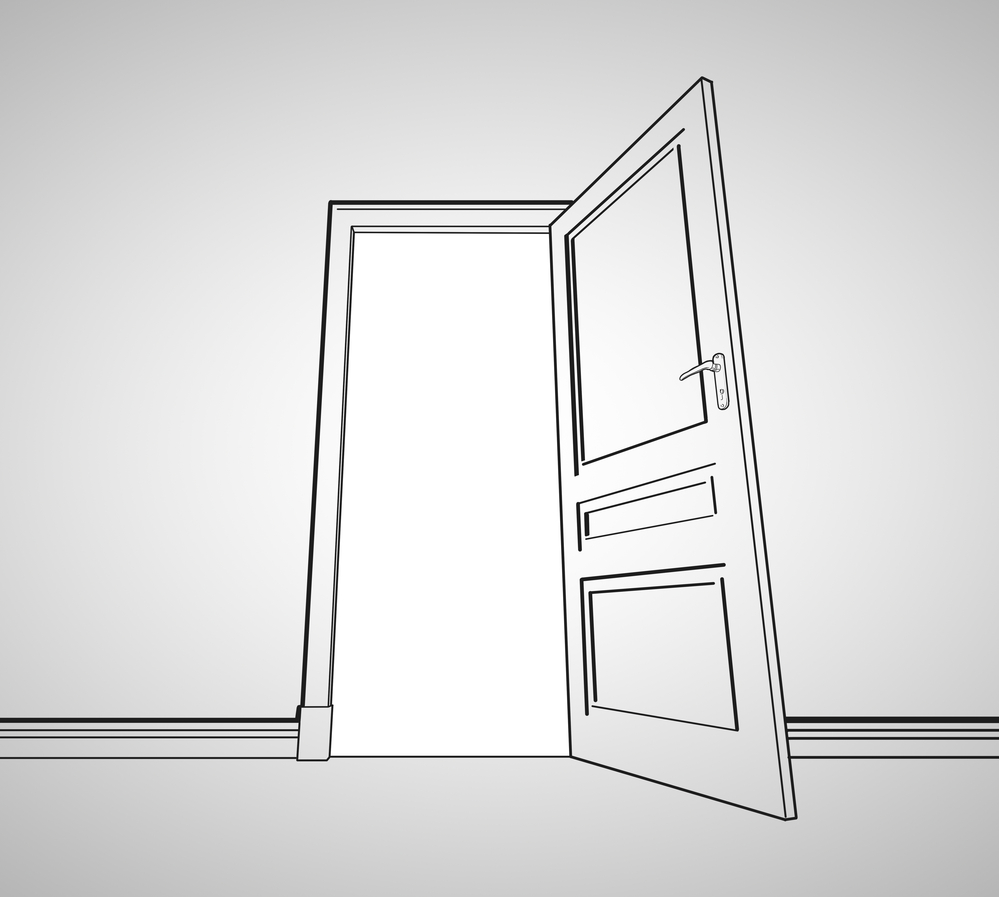
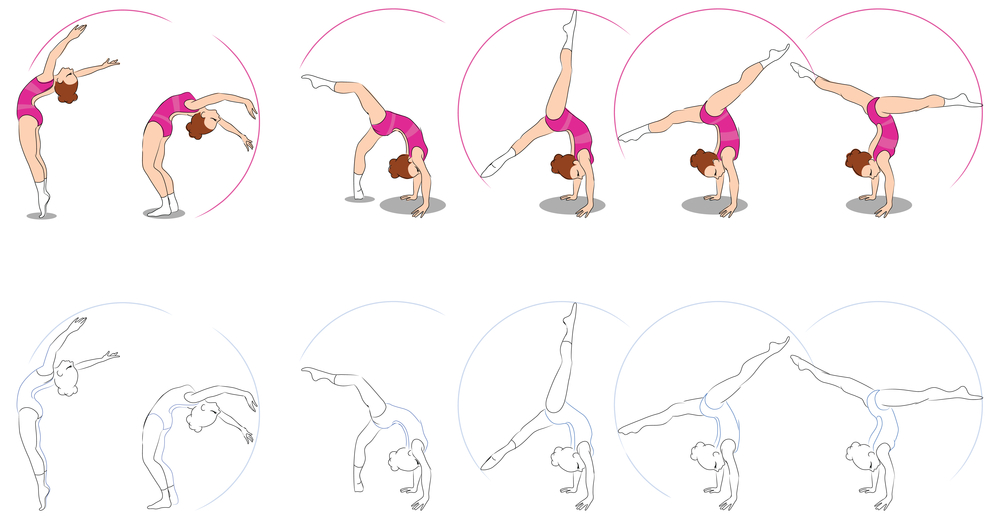
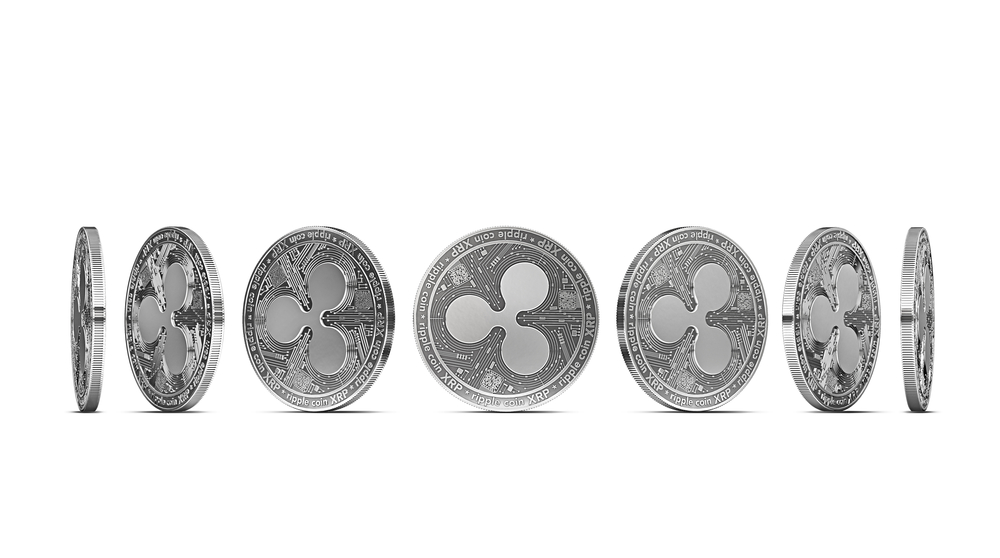
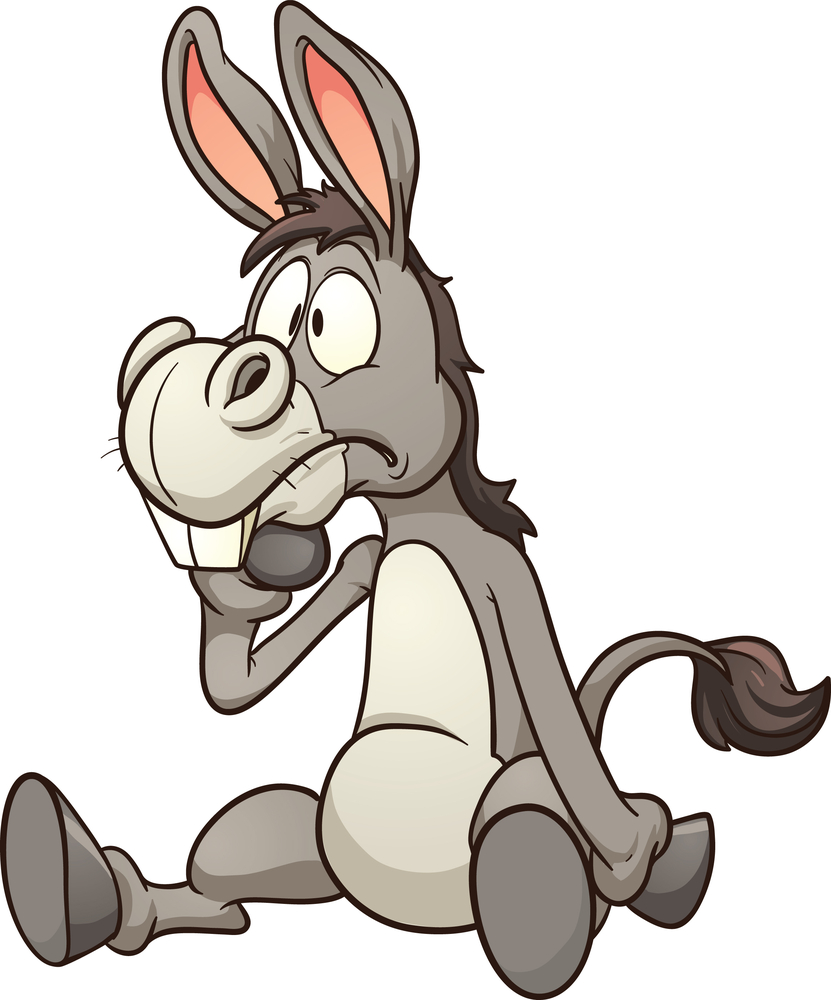
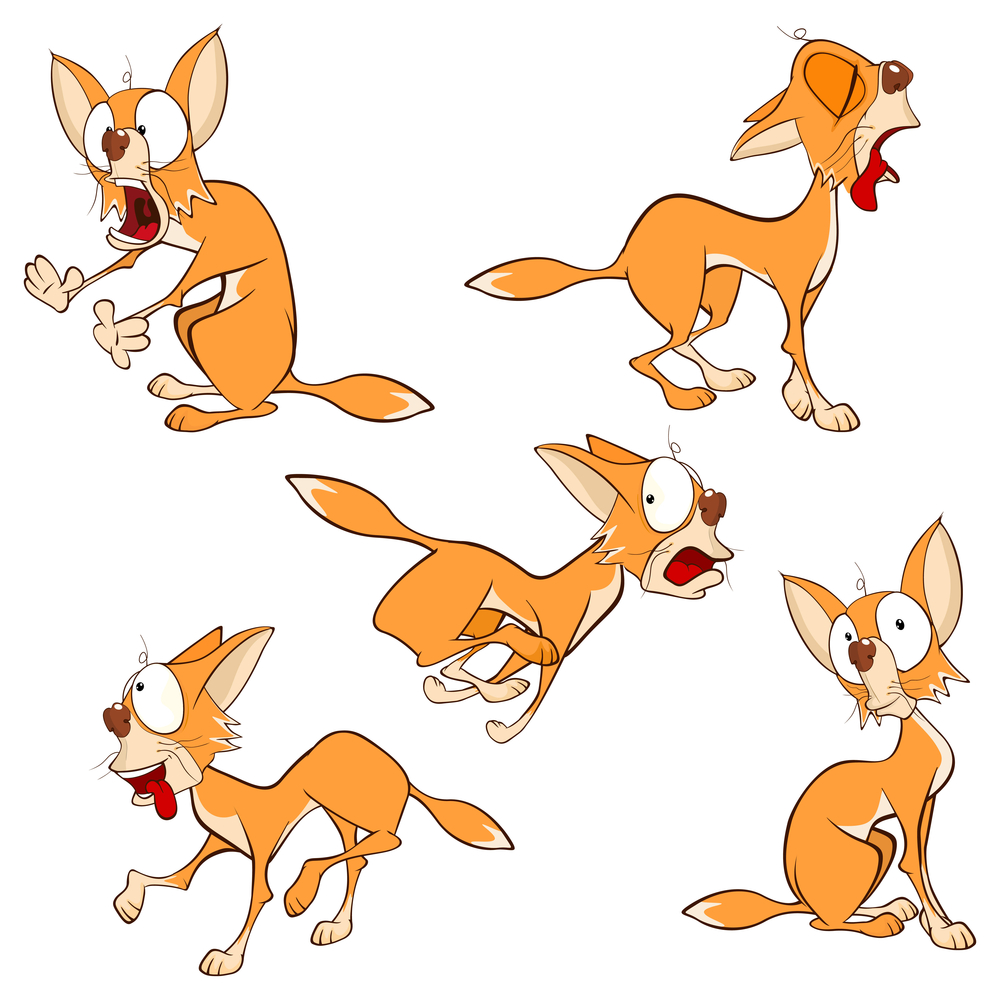

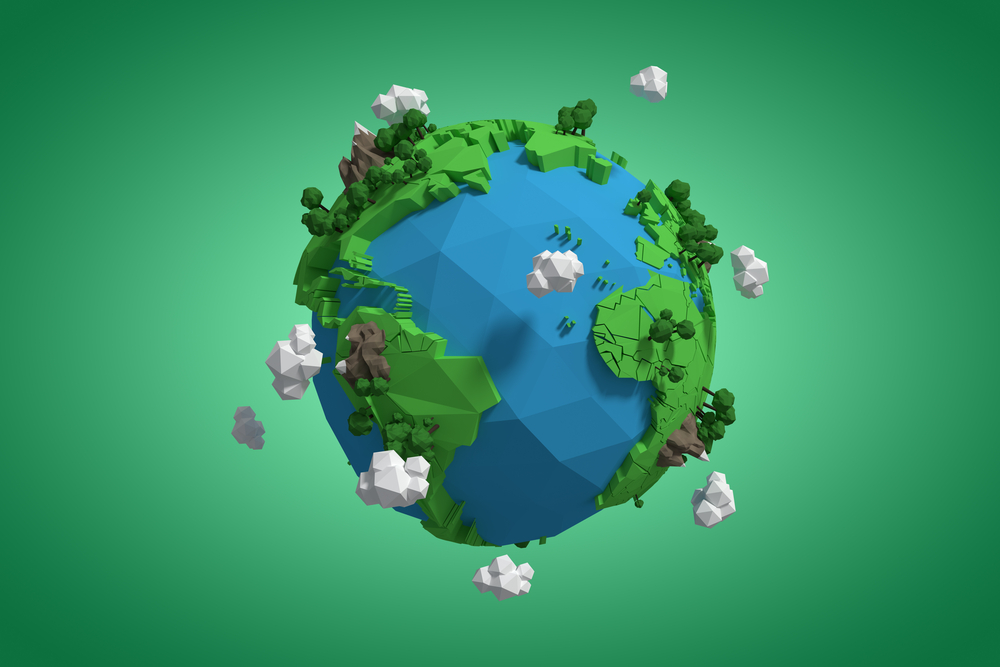
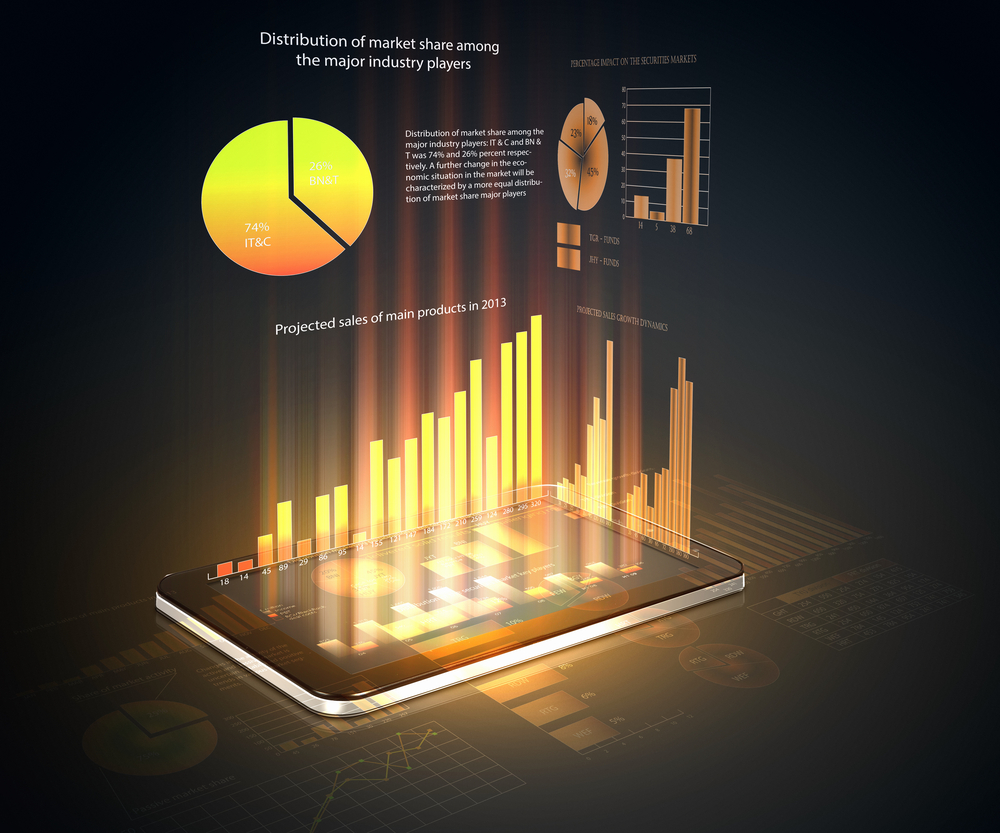
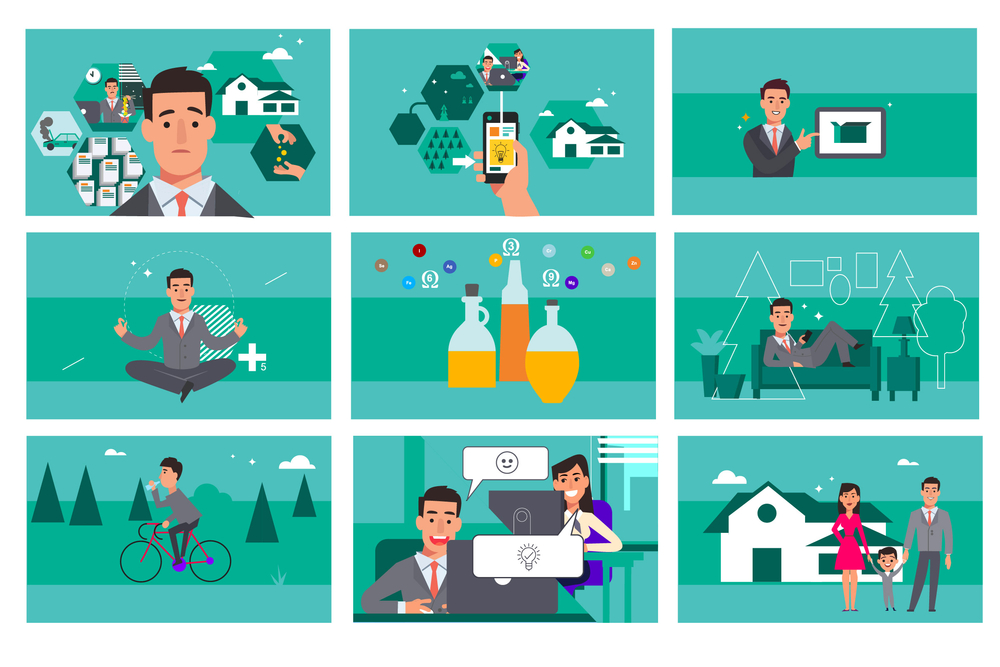
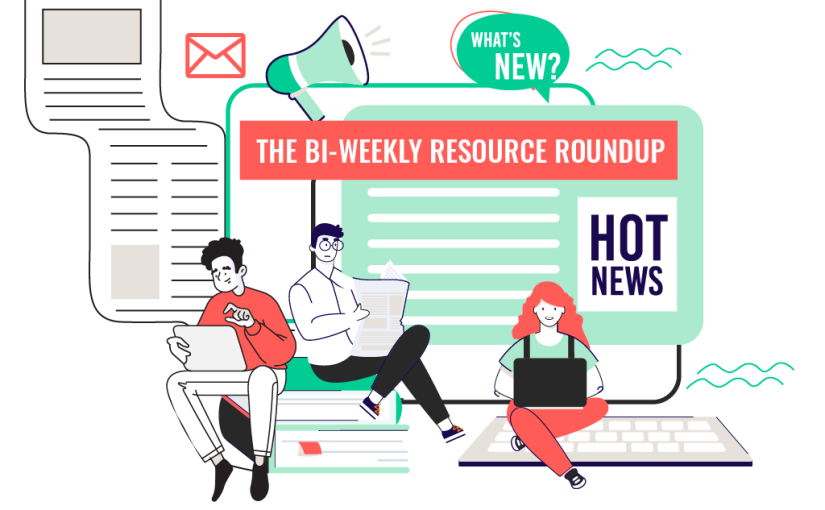







 And more…
And more… 




